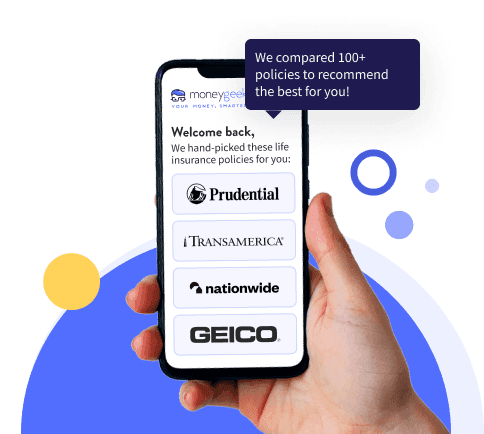Convertible term life insurance works like regular term life insurance with one crucial difference: you can convert your policy to permanent life insurance during a specific timeframe without taking a medical exam or answering health questions. This guaranteed conversion right protects you against future health changes.
The conversion preserves your original health classification. If you develop diabetes or heart disease after buying your term policy, you can still convert at the same rates you'd have qualified for when healthy. Convertible term life insurance gives you flexibility and future insurability protection.








